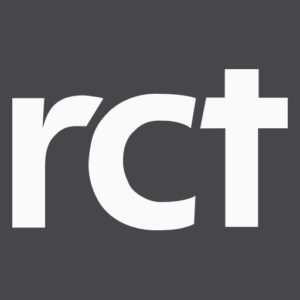Paybacks to Centrelink and Medicare can have a big impact on how much of a lump sum settlement a claimant puts in the bank. Your lawyer should give you an estimate of these paybacks prior to settlement and advise you of the net settlement amount you are likely to receive.
How does Centrelink approach an injury settlement?
If your settlement includes an amount for loss of earnings, Centrelink will apply a formula to the gross lump sum to work out what is called the preclusion period. During the preclusion period, calculated in weeks, you cannot receive any ‘compensation affected payments’ (CAPs) from Centrelink, which include Newstart Allowance, the Disability Support Pension and the Age Pension.
Usually, you will also have to repay Centrelink any CAPs you received during the preclusion period. This is called the charge amount.
To work out the preclusion period, Centrelink deems 50% of the settlement amount to be compensation for loss of earnings. This ‘compensation part’ of the settlement is then divided by the cut off amount for the single person pension as at the date of settlement to calculate the preclusion period.
To give a simple example, if a claimant receives a $400,000 settlement that includes payment for loss of earnings, Centrelink would deem $200,000 to be the ‘compensation part’ of the lump sum. The compensation part (being $200,000) is then divided by the cut off rate for the single person pension, currently $1020.40. Therefore, the estimated preclusion period is $200,000/$1020.40 = 196 weeks.
There is an online estimator on Centrelink’s website which can be used to estimate the preclusion period and the charge amount. Centrelink stresses its online tool is only an estimator and the exact figures can’t be known until a claim is settled.
The rationale for the preclusion period is that claimants should not be allowed to ‘double dip’ by receiving personal injury compensation and Centrelink benefits at the same time. Only in exceptional cases of hardship, under the special circumstance provisions, will Centrelink waive or reduce the preclusion period.
The start date for the preclusion period is the day periodic payments stopped, or if periodic payments have not been paid, the date loss of earnings commenced, usually the date of injury. In some cases, depending on the start date and settlement amount, the preclusion period can extend well beyond the date of the settlement.
The law requires the compensation payer, usually an insurer, to repay the charge amount directly to Centrelink before sending the balance of the settlement monies to the claimant or his or her solicitors.
How does an injury settlement impact Medicare benefits?
The law also requires claimants to repay any Medicare benefits they have received for treatment for their claimed injuries. Again, the compensation payer is required to repay Medicare directly out of the settlement amount on the claimant’s behalf.
If you have a current Medicare Notice of Charge this will specify the amount that needs to be paid back to Medicare. If you do not have a valid Notice of Charge, you can sign a Section 23A Statement declaring to Medicare that you haven’t received any further benefits relating to your injuries since the last Notice expired. You can also use this statement if you have never had a Notice of Charge and Medicare has never paid for any of your treatment for your claimed injuries.
Another option is to elect for the compensation payer to send 10% of the settlement monies to Medicare. This is known as an advance payment. Medicare will then work out with you what is owed. If you owe less than the advance payment, Medicare will refund the balance. If you owe more, you will need to pay Medicare.




